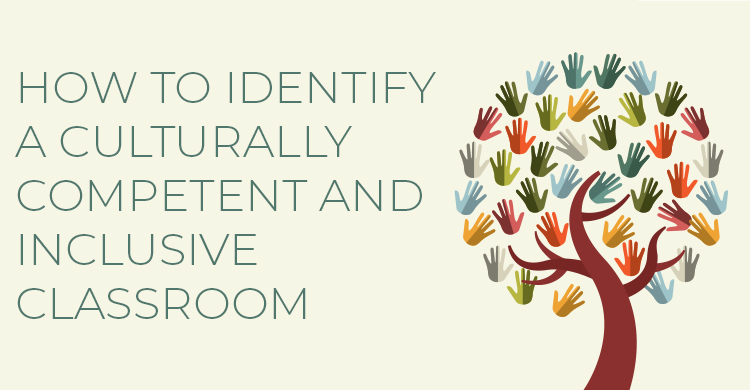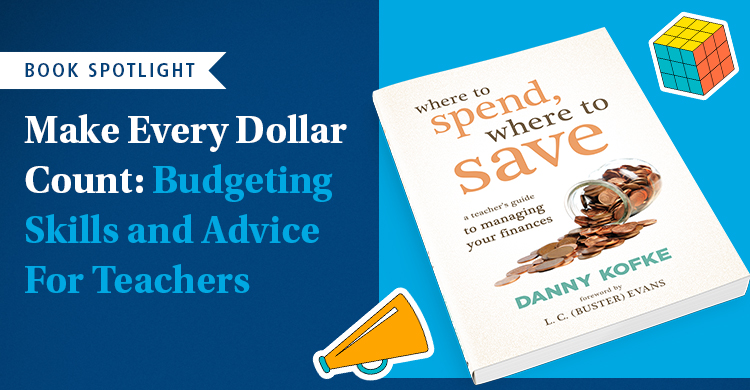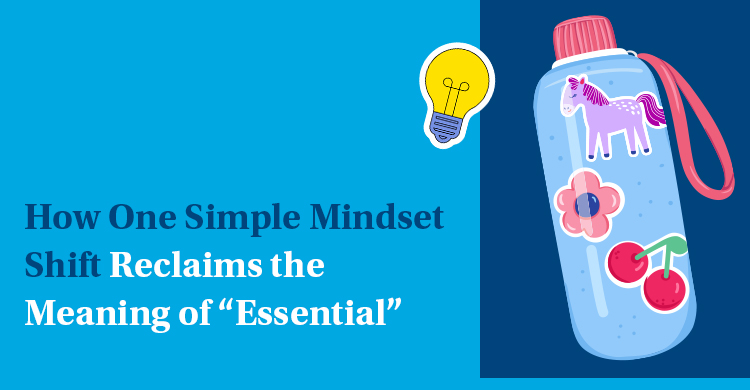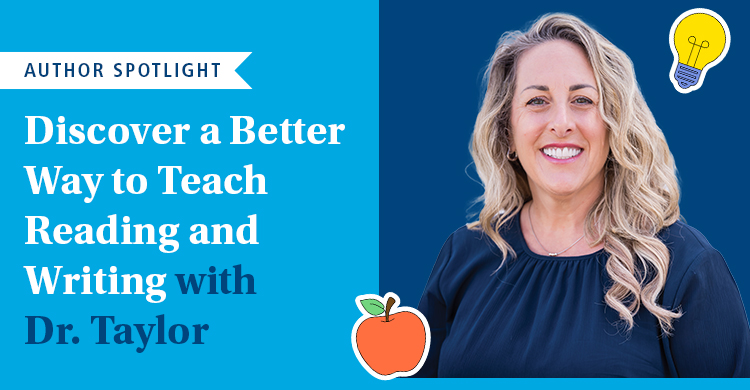In today’s diverse classrooms, creating an equitable learning environment is crucial for student success. Reflecting on my journey as an educator, I’ve realized the importance of moving beyond scripted curriculums and standardized testing—and my experience teaching low-income students and/or students of color everything from intensive reading to Advanced Placement has revealed many gaps in our educational system.
Closing the opportunity gap
Equity in education means recognizing and rejecting assimilationist practices, focusing on closing the opportunity gap rather than just the achievement gap, and acknowledging the historical and ongoing education debt owed to marginalized communities. It involves shifting from a deficit model, which focuses on what students lack, to an asset model that builds on their strengths.
Creating an inclusive classroom requires educators to be culturally relevant, responsive, and sustaining. It involves listening to students, valuing their perspectives, and incorporating their voices into the curriculum. This approach not only enhances student engagement but also prepares them to transform society in positive ways.
As educators, our mission is to ensure that every student feels included and empowered. By fostering a culture of opportunity and embracing diversity, we can create equitable learning environments where all students thrive. Both the transition and the maintenance of this change requires an investment in ourselves, our colleagues, our administration, our families, and our communities.
My book, Equitable Instruction, Empowered Students, aims to provide all stakeholders with a resource to build and sustain cultural capacity.
What does cultural competence look like in practice?
Cultural competence is the ability to engage, communicate, empathize and interact with people across cultures. As the first step in an equitable classroom, cultural competence:
- Builds rapport as cultures are valued and respected: Families, students, and educators build trust and strong relationships with one another to enhance and promote learning for all students.
- Makes learning relevant as students see themselves reflected in the learning: Students are more likely to participate and fully engage when they see themselves in the curriculum and recognize that their experiences are valued.
- Addresses diverse learning needs: There is an improvement in pedagogy when teachers are knowledgeable of cultural differences in communication and can tailor learning to meet each student’s needs.
Why is it so important to foster an inclusive environment?
An inclusive curriculum requires that learning experiences include students’ diverse needs, knowledge, values, interests, and characteristics. It is about creating a supportive environment where differences are not tolerated but celebrated with every student having the opportunity to succeed. An inclusive curriculum:
- Enhances learning outcomes: As students feel more included, they become more engaged and motivated with the learning.
- Promotes social skills and empathy by focusing on understanding and collaboration: We live in a global society and extending empathy to others with diverse backgrounds is a necessary investment to make in our youth.
- Creates an equitable environment: Inclusive curriculums remove stereotypes by valuing the diversity of all voices and encouraging everyone to come to terms with biases and prejudices.
How do culturally inclusive ideas translate to the classroom?
It is crucial to develop your purpose, vision, and mission as an educator as many societal forces are attempting to silence so many people. Ask yourself the following to help guide you in developing your purpose, vision, and mission statements:
Purpose: Why do you do what you do as an educator?
Vision: What do you desire as an educator? What will you work toward?
Mission: How do you plan on accomplishing your vision?
Despite following a prescribed curriculum designed for academic success, I found my students disengaged and underperforming. It wasn’t until I introduced literature that reflected their own experiences and cultures that I saw a significant change. By including works by Black, Latinx, and other diverse authors of varying cultures and backgrounds, I created a more inclusive classroom environment where students felt seen and heard.
Engage in reflection and leverage your power, voice, and community to be and create the change you want to see.
Empowering students with a curriculum that is culturally competent and inclusive is necessary for student academic and personal success. It is the responsibility of the educator to embrace, implement, and promote culturally competent and inclusive practices to create a learning environment where all students feel valued and supported to achieve, contribute, and thrive in a diverse and interconnected world.
- Making Cultural Responsiveness a Meaningful Aspect of Your Mission [Webinar Recording]
- Belonging and Bias: Theory and Practice [Webinar Recording]
- Beyond Conversations About Race [Virtual/Portable Event Package]
About the Educator
Carissa R. McCray, PhD, is an English instructor in K–12 education who has worked in Duval County and rural Sumter County, Florida. She has refined her craft to focus on redefining the educational trajectory for students of color.







